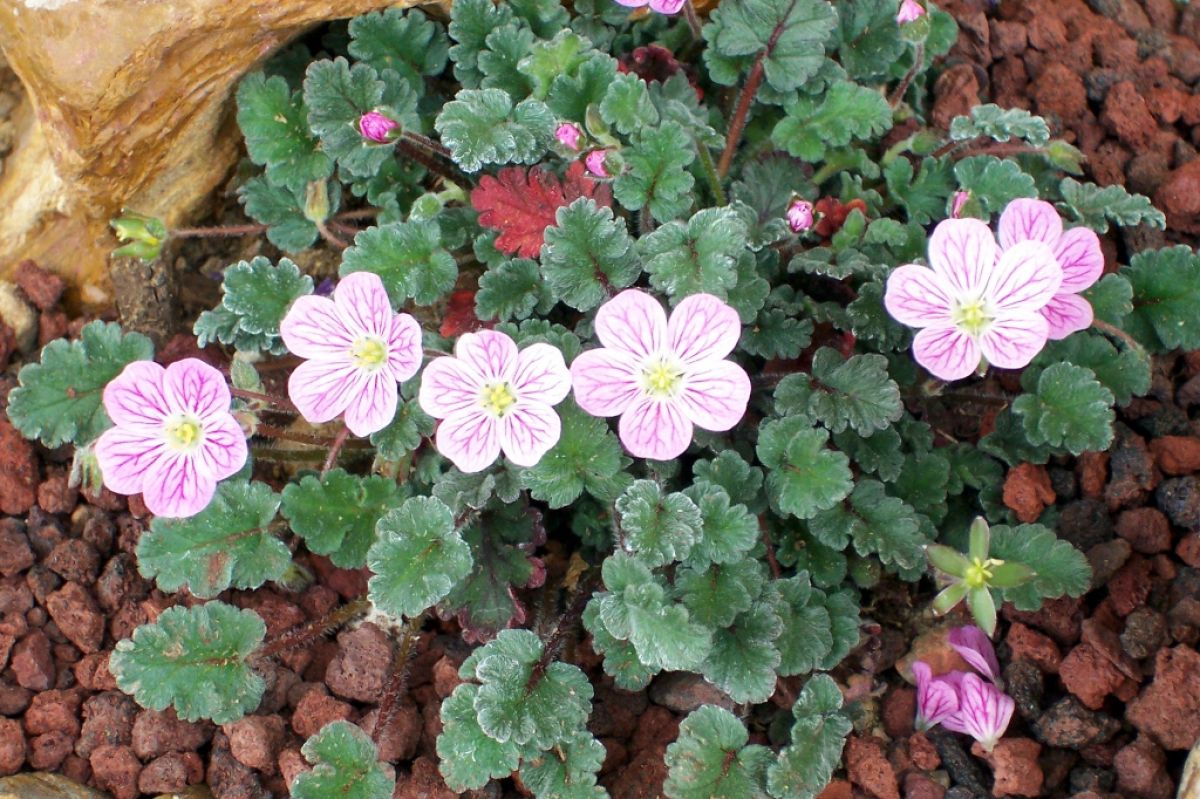There are three types of plants included in the huge geranium family. One is the perennial geranium, with the common name of Cranesbill. These are low spreading plants, frequently seen in our American perennial gardens. Their seed heads, viewed sideways, look like the bill of a crane.
Another type is the group known as Heronsbill geraniums, native to the Mediterranean coast, with the botanical name of Erodium, which are rare in American gardens.
Then there is the annual geranium that we often see growing in pots, which is native to South Africa. Its botanical name is Pelargonium, from the Greek word pelargos, which means stork.
Each of these three types of geraniums is associated with long-billed wading birds: cranes, herons, and storks. By far the most popular is the annual geranium (pelargonium) found by sailors who had stopped for water at the Cape of Good Hope in South Africa in the 17th century, who took it to England.
By the 1800s, it had transformed European gardens, and, as many are fragrant, their essential oils became popular with chefs and cosmetic companies who turned it into a big business. Worldwide, gardeners still delight in growing these annual plants, and they are easy to winter over in a cool basement, or windowsill, or porch.
This is Moya Andrews, and today we focused on Cranes, Herons & Storks.










